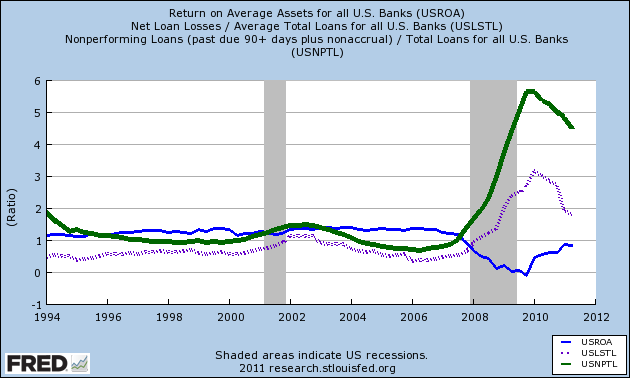daveman
Diamond Member
So you just have an impossible-to-prove claim based solely on leftist butthurt.Prove that she's pulling shit out of her ass? How am I supposed to do that, dave?You say it, but, typically, you don't prove it.I'm saying she's full of shit. Try to follow along.
Typical.
Do you want me to find the thread that I'm claiming she never created?
Months ago, when I talked about the same points as have been raised in the OP...
Strawman. She didn't say she started a thread.


